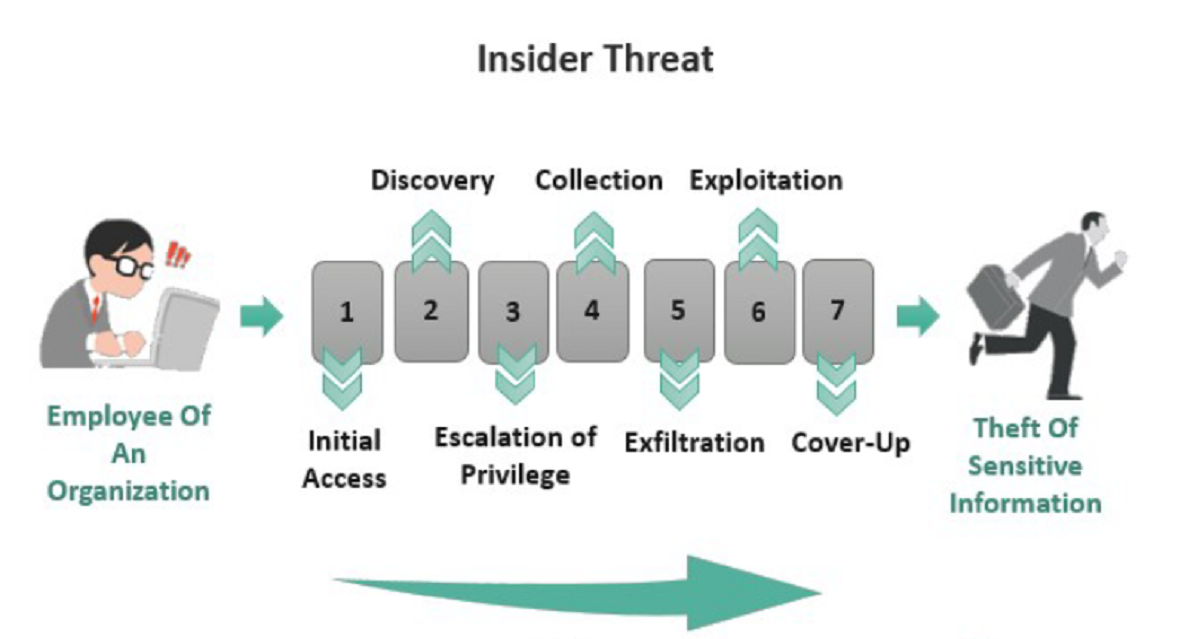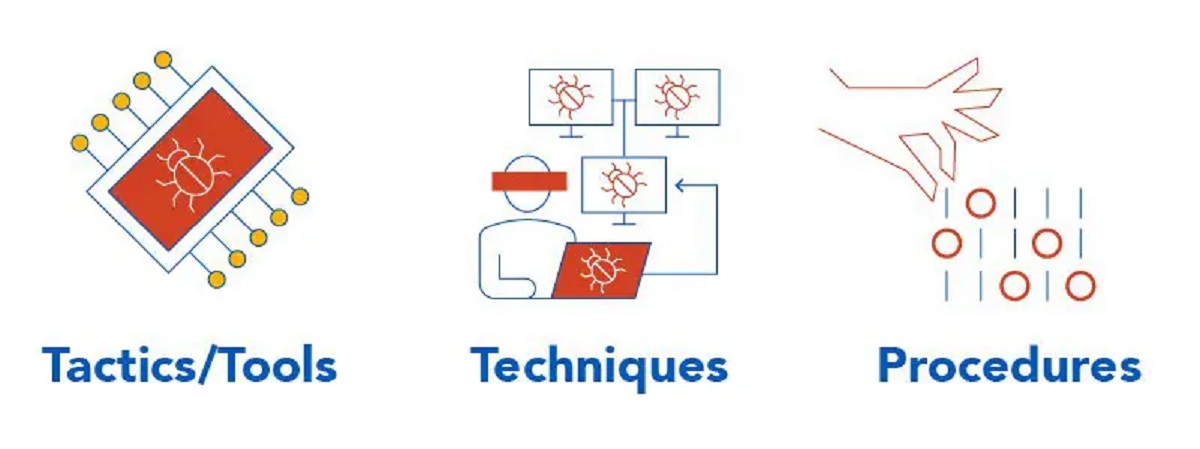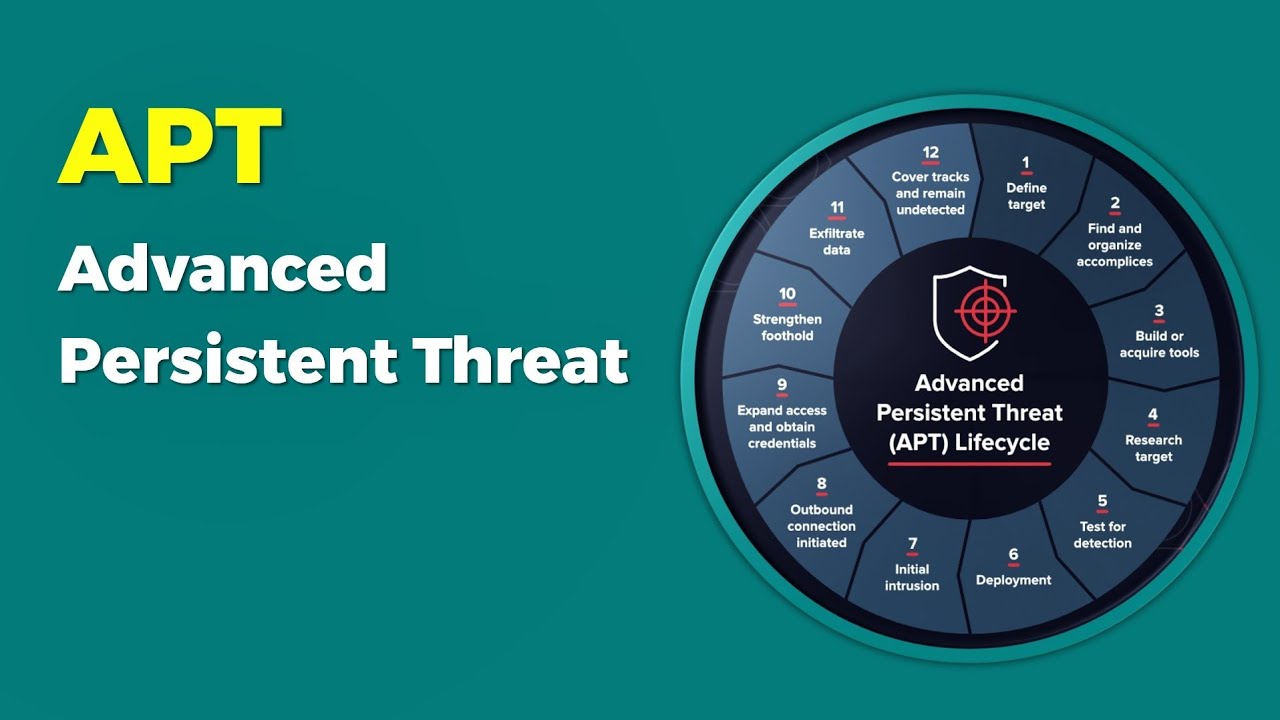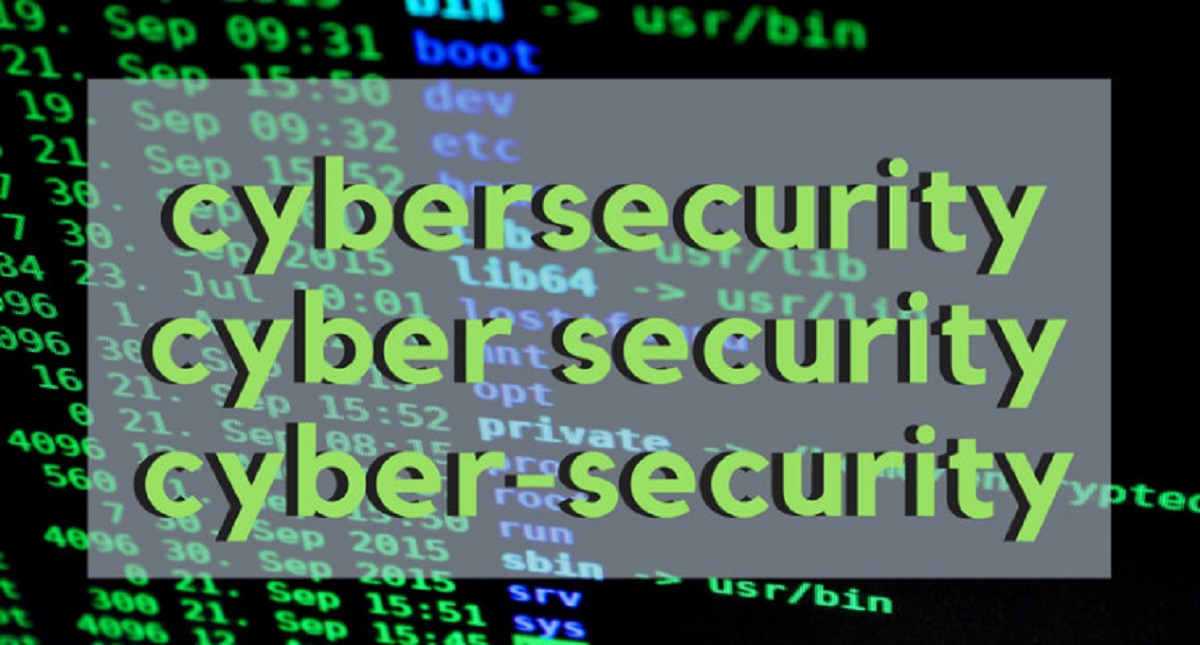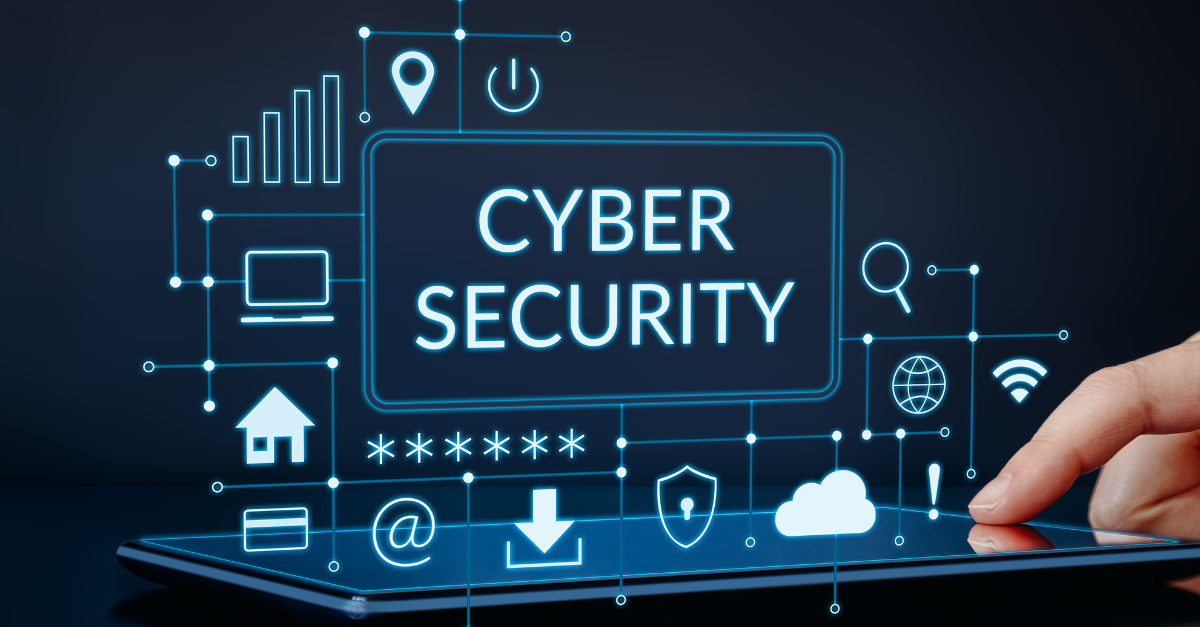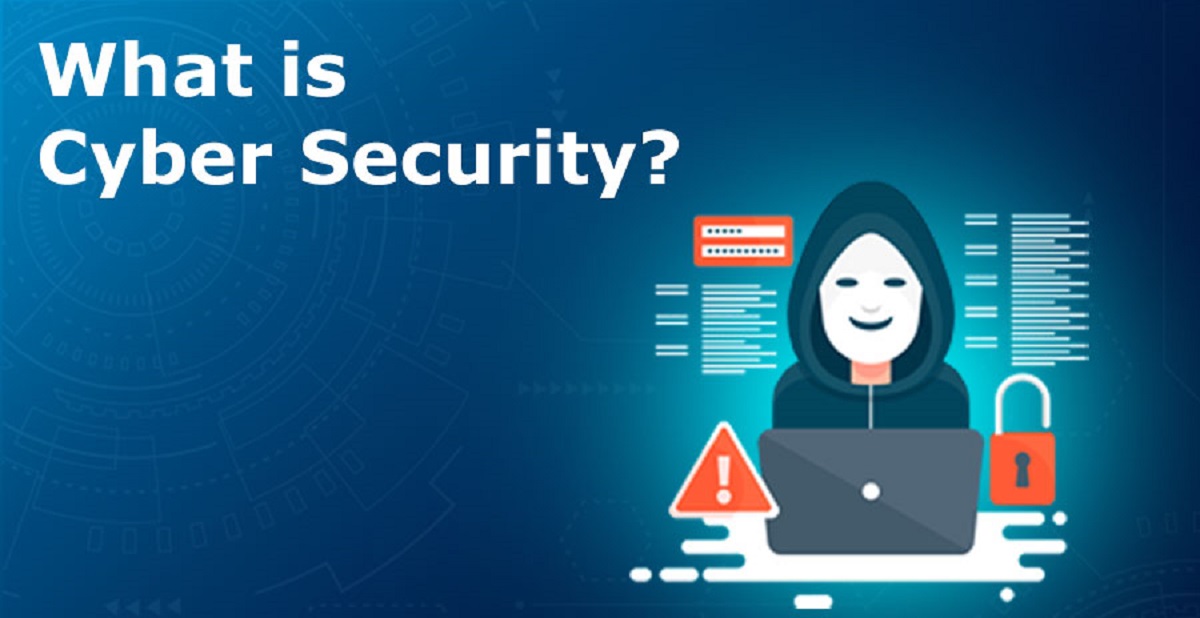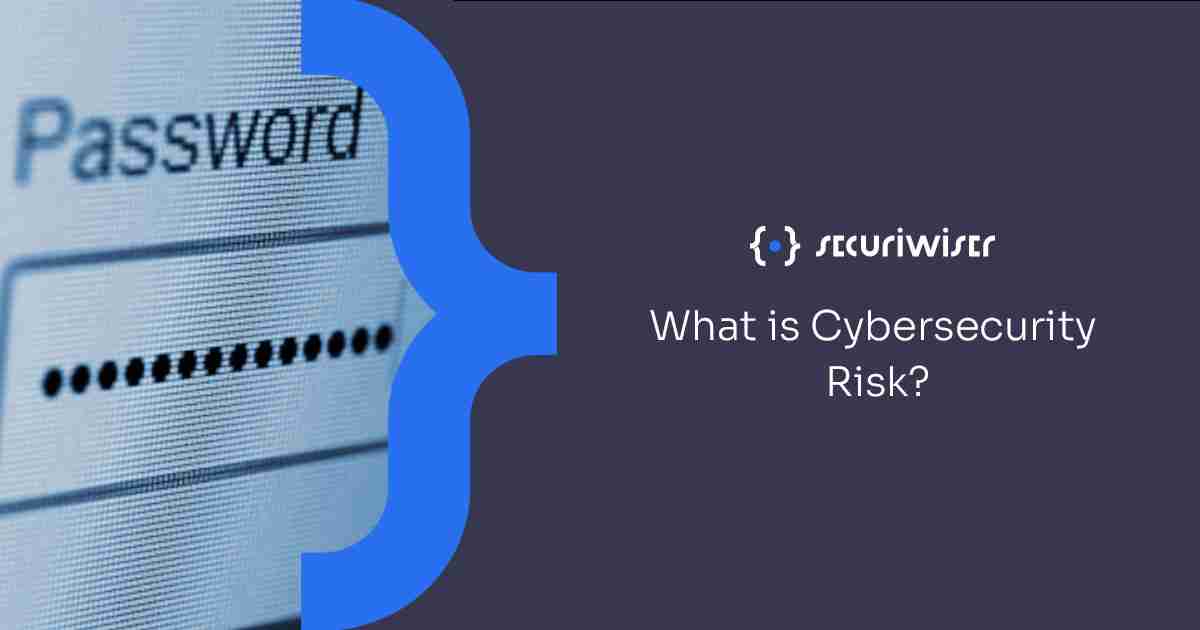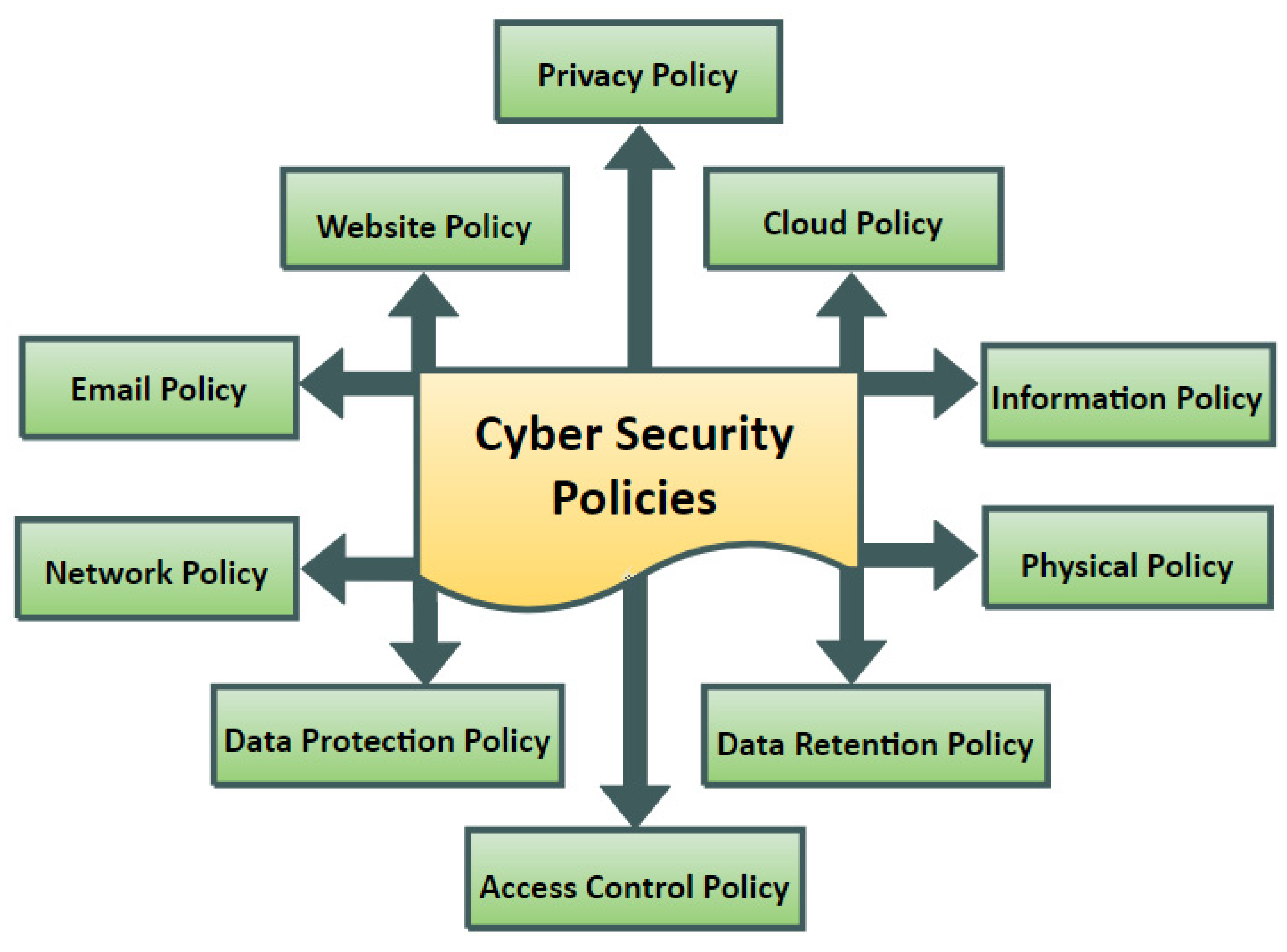Overview
An insider threat is a significant cybersecurity risk that organizations must be aware of and actively combat. Insider threats refer to security breaches that are caused or facilitated by individuals who have authorized access to an organization’s systems, networks, or data. These individuals can be employees, contractors, or even trusted partners.
Insider threats are generally classified into two categories: malicious insiders and unintentional insiders. Malicious insiders are individuals who intentionally exploit their access privileges to cause harm to the organization, while unintentional insiders are those who unknowingly compromise security due to negligence or lack of awareness.
Understanding the two types of insider threats is crucial for organizations to develop effective security measures and mitigate the risks associated with such threats. By having a clear understanding of the motivations and behaviors of both malicious and unintentional insiders, organizations can implement proactive strategies to safeguard their sensitive information.
In this article, we will delve deeper into the two types of insider threats, explore their common traits and impact on security, and discuss strategies to mitigate the risks they pose.
Definition of Insider Threats
Insider threats are a critical cybersecurity concern that organizations must be prepared to address. An insider threat refers to the risk or danger posed to an organization’s data, systems, or network by individuals who already have authorized access. These individuals may include employees, contractors, or trusted partners.
Unlike external threats that come from outside the organization, insider threats originate from within. This unique characteristic makes them particularly dangerous. Insiders have knowledge of the organization’s systems, processes, and vulnerabilities, which they can exploit to gain unauthorized access or manipulate sensitive information.
Insider threats can manifest in various ways, including theft or misuse of data, sabotage of systems or networks, unauthorized disclosure of confidential information, or even espionage against the organization. The motives behind insider threats can vary significantly, ranging from financial gain and personal vendettas to ideological beliefs or inadvertent mistakes.
It is crucial to understand that not all insiders pose a threat to an organization’s security. The vast majority of employees and partners are trustworthy and loyal. However, it only takes one malicious or negligent insider to cause significant damage.
Furthermore, insider threats can be classified into two primary categories: malicious insiders and unintentional insiders. Malicious insiders are individuals who intentionally exploit their access privileges to compromise an organization’s security. On the other hand, unintentional insiders unknowingly compromise security through their actions or lack of awareness.
In the next sections, we will explore the characteristics and examples of each type of insider threat, as well as strategies to mitigate the risks they pose to organizational security.
Type 1: Malicious Insiders
Malicious insiders are individuals who intentionally exploit their authorized access to an organization’s systems, networks, or data for personal gain or to cause harm to the organization. They may have various motivations, such as financial gain, revenge, ideological beliefs, or even coercion by external actors.
Malicious insiders can be current or former employees, contractors, or trusted partners who misuse their privileges to steal sensitive information, sabotage systems, or manipulate data. They have a deep understanding of the organization’s infrastructure and security protocols, allowing them to bypass or override security measures undetected.
Common traits of malicious insiders include a sense of entitlement, grievances against the organization, access to critical information, and a willingness to exploit vulnerabilities for personal gain. They may be dissatisfied employees seeking revenge, fraudulent individuals looking to profit from stolen data, or even externally influenced actors seeking to compromise the organization’s security.
Examples of malicious insider threats include an employee stealing customer data to sell it on the black market, a disgruntled employee intentionally deleting crucial files or introducing malware into the network, or a contractor leaking sensitive information to a competitor. These actions can significantly impact an organization’s reputation, operations, and bottom line.
Preventing and mitigating malicious insider threats requires a multi-layered approach. Organizations need to implement strict access controls and regularly review and revoke access privileges when necessary. Continuous monitoring of employee behavior, both through technological solutions and employee training, can help detect suspicious activities or signs of disgruntlement.
Additionally, regular security audits, encryption of sensitive data, and separation of duties can limit the potential damage caused by a malicious insider. It is also essential to foster a culture of trust and open communication to encourage employees to report any suspicious activities they may come across.
By understanding the motivations and behaviors of malicious insiders, organizations can better prepare themselves to defend against this type of insider threat.
Type 2: Unintentional Insiders
Unintentional insiders are individuals who unknowingly compromise an organization’s security through their actions or lack of awareness. Unlike malicious insiders who intentionally exploit their access privileges, unintentional insiders inadvertently contribute to security breaches due to negligence, human error, or a lack of cybersecurity knowledge.
There are various factors that can contribute to unintentional insider threats. These include inadequate training and awareness programs, complex security protocols, poor password management, susceptibility to social engineering attacks, and the use of personal devices on company networks.
Employees may unknowingly fall victim to phishing emails, inadvertently click on malicious links, or inadvertently share sensitive information with unauthorized individuals. They may also misconfigure systems, use weak passwords, or mishandle data, unintentionally exposing the organization to risk.
Examples of unintentional insider threats include an employee mistakenly sending a sensitive email to the wrong recipient, a staff member falling prey to a social engineering scam and unknowingly sharing login credentials, or an employee inadvertently downloading malware onto their work device.
Addressing unintentional insider threats requires a combination of employee education and training, robust security policies, and technological safeguards. Regular and comprehensive training programs can help employees recognize and respond to potential security risks, teaching them techniques to identify phishing emails, practice secure password management, and work safely with sensitive data.
Organizations should also implement strict security protocols, such as two-factor authentication, data encryption, and network segmentation, to minimize the impact of unintentional insider threats. Regular security audits and vulnerability assessments can identify weak points and help remediate any potential risks.
Creating a culture of cybersecurity awareness and responsibility within the organization is crucial. Encouraging employees to report any suspicious activities or potential security breaches and providing a safe and anonymous reporting mechanism can help mitigate the risks posed by unintentional insider threats.
By addressing the factors that contribute to unintentional insider threats and empowering employees with the necessary knowledge and tools, organizations can significantly reduce the likelihood and impact of such incidents.
Common Traits of Malicious Insiders
Malicious insiders who pose a significant cybersecurity risk to organizations often exhibit common traits and behaviors. Recognizing these traits can help organizations identify potential insider threats and take proactive measures to protect their sensitive information and assets.
One common trait of malicious insiders is a sense of entitlement. These individuals may feel aggrieved or believe that they are owed something by the organization. This sense of entitlement can lead them to exploit their authorized access privileges for personal gain or to cause harm to the organization.
Another common trait is disgruntlement or personal grievances against the organization. Malicious insiders may have a negative attitude towards the company, be dissatisfied with their job or working conditions, or harbor resentment towards their colleagues or superiors. These negative emotions can motivate them to engage in malicious activities to seek revenge or undermine the organization’s security.
Malicious insiders often have access to critical information or systems within the organization. This access can be exploited to steal or misuse sensitive data, manipulate systems, or gain unauthorized privileges. Their knowledge of the organization’s infrastructure and security protocols enables them to evade detection and make their actions appear legitimate.
Another trait is a willingness to exploit vulnerabilities for personal gain. Malicious insiders often have a deep understanding of the organization’s security weaknesses and how to exploit them. They may leverage this knowledge to commit fraud, engage in insider trading, or steal valuable intellectual property.
Furthermore, malicious insiders may also exhibit signs of unusual behavior or a sudden change in their work habits. They may demonstrate excessive curiosity about sensitive information, demonstrate erratic work patterns, or attempt to bypass security controls. These behavioral indicators can serve as warning signs that require further investigation.
In addition to these common traits, it is important to note that not all malicious insiders fit a specific profile. They can come from various backgrounds, positions, and skill sets. Therefore, it is crucial for organizations to implement measures such as access controls, monitoring tools, and employee awareness programs to identify and mitigate the risks posed by malicious insiders.
Examples of Malicious Insider Threats
Malicious insider threats can take various forms and have severe consequences for organizations. Understanding real-world examples of such threats can help organizations recognize potential risks and implement effective security measures to prevent and mitigate insider attacks.
One example of a malicious insider threat is an employee who steals sensitive customer data for personal gain. This could involve copying customer information, such as credit card details or personal identification data, and selling it on the black market. The stolen data can be used for identity theft or fraudulent activities, causing significant financial and reputational damage to the organization and its customers.
Another example is an employee who intentionally introduces malware or malicious code into the organization’s systems. This can disrupt operations, compromise sensitive data, or even result in a ransomware attack. The attacker may demand a ransom to unlock the system, causing financial losses and disruption to the organization’s daily operations.
In some cases, a malicious insider may collaborate with an external threat actor to compromise the organization’s security. This could involve providing unauthorized access to the organization’s systems, sharing confidential information with competitors, or even conducting espionage activities on behalf of a rival organization or nation-state.
Another form of malicious insider threat is an employee who engages in intellectual property theft. This can include stealing trade secrets, proprietary algorithms, product plans, or other valuable intellectual property. The stolen information can then be used to gain a competitive advantage or sold to rival companies, causing significant damage to the organization’s innovation and market position.
Furthermore, a malicious insider may intentionally disrupt the organization’s operations or sabotage critical systems. This can be motivated by revenge, retaliation, or a desire to cause chaos within the organization. The insider may delete important files, manipulate data, or disrupt network infrastructure, resulting in financial losses, reputational damage, and loss of customer trust.
These examples demonstrate the range of malicious insider threats that organizations may face. To prevent and mitigate these threats, it is essential for organizations to implement strong access controls, regular security audits, employee awareness programs, and monitoring mechanisms that can identify and respond to suspicious activities.
Factors Contributing to Unintentional Insider Threats
Unintentional insider threats are often the result of factors that contribute to human error or a lack of awareness about cybersecurity best practices. Understanding these factors is crucial for organizations to address and mitigate the risks posed by unintentional insider threats.
Inadequate training and awareness programs are one of the primary contributors to unintentional insider threats. Employees who are not adequately educated about cybersecurity risks and preventative measures are more susceptible to making mistakes or falling victim to social engineering attacks. Without proper training, they may not realize the consequences of their actions or be able to identify potential security threats.
Complex security protocols and procedures can also contribute to unintentional insider threats. If security measures are overly complicated or difficult to understand, employees may inadvertently circumvent them or make errors while trying to navigate through them. Simplifying security protocols and providing clear guidelines can help minimize the likelihood of unintentional insider threats.
Poor password management practices are another significant factor. Weak passwords, password reuse, and sharing or storing passwords in insecure locations can create vulnerabilities that can be easily exploited by external actors or even other employees. Without proper education and enforcement of strong password policies, unintentional insider threats are more likely to occur.
Unintentional insider threats can also arise from the use of personal devices on company networks. If employees use unsecured devices or connect to untrusted networks, they may inadvertently introduce malware or expose sensitive organizational data to potential threats. Implementing robust BYOD (Bring Your Own Device) policies and educating employees about the risks associated with personal device usage can help mitigate this factor.
Additionally, susceptibility to social engineering attacks is another critical factor contributing to unintentional insider threats. Cybercriminals can manipulate employees through phishing emails, phone calls, or other tactics to obtain sensitive information or gain access to systems. Employees who are unaware of common social engineering techniques are more likely to fall victim to these schemes, leading to security breaches.
Addressing these factors requires a combination of employee education and awareness, simplified security protocols, strong password policies, secure device management, and regular training on how to recognize and respond to social engineering attacks. By empowering employees with the knowledge and tools to make informed cybersecurity decisions, organizations can significantly reduce the risks posed by unintentional insider threats.
Examples of Unintentional Insider Threats
Unintentional insider threats occur when individuals unknowingly compromise an organization’s security through their actions or lack of awareness. These incidents often result from human error, poor cybersecurity practices, or a lack of understanding regarding potential risks. Examining real-world examples of unintentional insider threats can help organizations recognize the potential dangers and implement appropriate measures to prevent and mitigate them.
One common example is an employee inadvertently clicking on a malicious link or falling victim to a phishing attack. Attackers may craft sophisticated emails that appear legitimate, tricking employees into sharing sensitive information or unknowingly downloading malware onto their devices. This can lead to data breaches, unauthorized access, or compromised systems.
Another example is an employee mistakenly sending sensitive information to the wrong recipient. This can happen through an incorrect email address or selecting the wrong individual from a contact list. Such inadvertent disclosure can lead to the exposure of confidential data, violating data privacy regulations and damaging the organization’s reputation.
Unintentional insider threats can also arise from employees misplacing or losing company devices that contain sensitive information. If a laptop, smartphone, or USB drive with unencrypted data falls into the wrong hands, it can result in unauthorized access to critical data, potential data breaches, or intellectual property theft.
Poor password management practices can also contribute to unintentional insider threats. For instance, an employee reusing the same weak password across multiple accounts or sharing passwords with colleagues can provide unauthorized individuals access to sensitive systems and data. This can lead to unauthorized activities, data breaches, and compromised network security.
Additionally, unintentional insider threats can occur when employees inadvertently download and install malicious software or applications on their work devices. This can happen when employees visit untrusted websites, download files from unknown sources, or install unauthorized applications. The installed malware can compromise the security of the device, enable unauthorized access, or steal sensitive data.
Unintentional insider threats highlight the importance of comprehensive cybersecurity training, employee awareness programs, and robust security measures. Organizations should prioritize educating employees about phishing techniques, safe browsing habits, password hygiene, and the importance of data protection. Implementing measures like multi-factor authentication, encryption, and device management can also help mitigate the risks posed by unintentional insider threats.
Impact of Insider Threats on Security
Insider threats pose a significant risk to the security of organizations, as they can result in severe consequences that can affect operations, finances, and reputation. Understanding the impact that insider threats can have is essential in implementing effective security measures to mitigate such risks.
One of the primary impacts of insider threats is the potential loss or theft of sensitive data. Malicious insiders can exploit their access privileges to steal or misuse confidential information, leading to financial losses, competitive disadvantage, and reputational damage. The exposure of sensitive data can also result in legal and regulatory consequences, especially if the organization fails to comply with data protection regulations.
Insider threats can also disrupt the operations of an organization. Malicious insiders may intentionally sabotage systems, manipulate data, or introduce malware, causing downtime and loss of productivity. This can result in financial losses, reputational damage, and customer dissatisfaction, especially if services are disrupted or critical systems are compromised.
The trust and reputation of an organization can be severely impacted by insider threats. A data breach caused by an insider can erode customer trust and loyalty, leading to customer churn and potential lawsuits or legal actions. The loss of reputation can also affect partnerships and business relationships, impacting the organization’s ability to attract new clients and retain existing ones.
Financial implications are another significant impact of insider threats. Organizations may incur significant costs in investigating and remediating the aftermath of an insider attack. This includes forensic analysis, legal fees, data breach notifications, customer compensation, and implementing additional security measures. The loss of revenue resulting from operational disruptions or a damaged reputation can also have long-lasting financial consequences.
Moreover, insider threats can undermine the overall cybersecurity posture of an organization. Successful insider attacks often highlight weaknesses in the organization’s security controls, policies, and employee awareness. This realization can dent stakeholder confidence and require a reassessment of security protocols to prevent future incidents.
Addressing the impact of insider threats requires a multi-faceted approach. Organizations should implement robust access controls, monitoring systems, and employee awareness programs to detect and prevent insider threats. Regular security audits, incident response plans, and employee training can help minimize the impact and recover swiftly in the event of an insider attack.
By understanding the potential impact of insider threats, organizations can proactively implement measures to safeguard their systems, data, and reputation, mitigating the risks posed by both malicious and unintentional insiders.
Strategies to Mitigate Insider Threats
Mitigating insider threats requires a comprehensive and multi-layered approach that encompasses technical, procedural, and cultural aspects. By implementing the following strategies, organizations can significantly reduce the risks associated with insider threats:
1. Implement Strong Access Controls: Restrict access to sensitive data, systems, and networks based on the principle of least privilege. Regularly review and revoke access privileges when necessary, ensuring that employees only have access to the resources required to perform their specific job responsibilities.
2. Monitor and Analyze User Behavior: Deploy user behavior analytics (UBA) technologies to monitor and detect anomalous employee activities. This can involve tracking logins, file accesses, and abnormal data transfers to identify potential insider threats in real-time.
3. Employee Training and Awareness: Conduct regular cybersecurity training sessions to educate employees about the risks associated with insider threats and teach them how to recognize and respond to potential security incidents. Emphasize the importance of strong password management, identifying social engineering attempts, and adhering to security protocols.
4. Foster a Culture of Security: Cultivate a security-conscious culture within the organization by encouraging employees to report suspicious activities or potential security breaches. Establish clear reporting channels and provide an anonymous reporting mechanism, ensuring that employees feel comfortable coming forward with concerns.
5. Implement Data Loss Prevention (DLP) Solutions: Deploy DLP tools that can monitor and prevent the unauthorized transfer or sharing of sensitive data. This can help prevent accidental or intentional data leaks caused by both malicious and unintentional insiders.
6. Regularly Review and Test Security Policies: Continuously assess and update security policies and procedures to address evolving insider threats. Regularly test the effectiveness of these policies through simulations and penetration testing to identify any vulnerabilities or weaknesses that need to be addressed.
7. Encrypt Sensitive Data: Employ encryption techniques to protect sensitive data at rest, in transit, and in use. This helps ensure that even if data is accessed by unauthorized individuals, it remains unintelligible and unusable.
8. Conduct Background Checks: Perform thorough background checks as part of the hiring process to identify any potential red flags or indicators of malicious intent. This can provide an additional layer of protection against insider threats.
9. Regularly Monitor and Update Security Systems: Continuously monitor and update the organization’s security systems, including firewalls, intrusion detection systems, and antivirus software. This helps defend against external threats and can also detect any suspicious activities initiated by insiders.
10. Incident Response and Recovery Planning: Develop and regularly test an incident response plan to ensure a swift and efficient response to insider threats. This includes protocols for identifying and isolating insider threats, notifying affected parties, and restoring normal operations.
By implementing these strategies, organizations can significantly enhance their ability to detect, prevent, and respond to insider threats, mitigating the potential damage caused by both malicious and unintentional insiders.
Conclusion
Insider threats pose a significant cybersecurity risk that organizations must actively address. Whether it is the deliberate actions of malicious insiders or the unintentional mistakes of well-intentioned employees, insider threats can have severe consequences, including financial losses, reputational damage, and legal repercussions. Understanding and addressing the complexities of insider threats is pivotal, and adopting solutions like Identity Threat Detection & Response (ITDR) can significantly enhance an organization’s capability to detect and mitigate these risks effectively.
In this article, we explored the two types of insider threats: malicious insiders and unintentional insiders. Malicious insiders intentionally exploit their authorized access to compromise security, while unintentional insiders inadvertently contribute to security breaches due to negligence or a lack of cybersecurity awareness.
Common traits of malicious insiders include a sense of entitlement, grievances against the organization, access to critical information, and a willingness to exploit vulnerabilities. On the other hand, unintentional insiders typically experience inadequate training, complex security protocols, poor password management practices, susceptibility to social engineering attacks, or the use of personal devices on company networks.
To mitigate the risks associated with insider threats, organizations should implement strategies such as strong access controls, user behavior monitoring, employee training and awareness programs, fostering a security-conscious culture, deploying data loss prevention solutions, regularly reviewing and testing security policies, encrypting sensitive data, conducting thorough background checks, and maintaining resilient security systems.
By combining these strategies, organizations can significantly reduce the likelihood and impact of insider threats. It is vital to continuously assess and update security measures to adapt to evolving threats, while also promoting a culture of cybersecurity awareness and vigilance among employees at all levels of the organization.
Ultimately, mitigating insider threats requires a proactive and multifaceted approach that combines technology, processes, and employee education. By doing so, organizations can build a robust defense against insider threats and safeguard their valuable assets, ensuring the secure and uninterrupted operation of their business.







